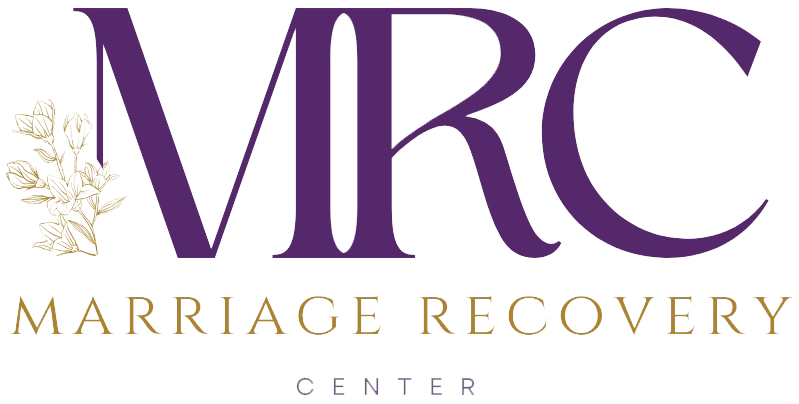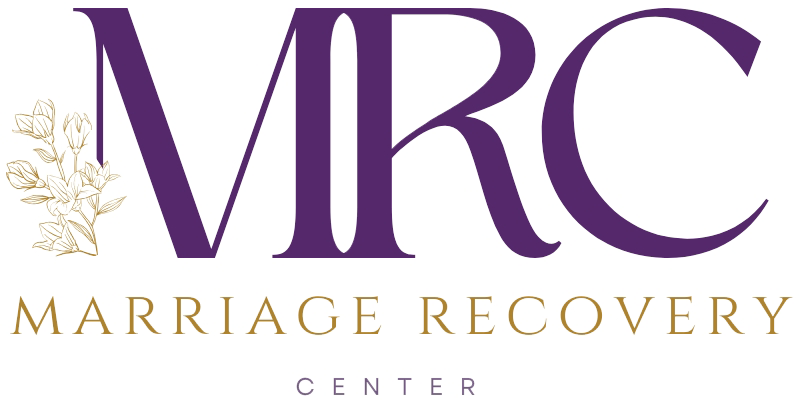Do you want to learn a simple tool that will help you build distress tolerance, learn to respond effectively to the stresses and challenges of life and relationships and teach you how to stop being reactive? At the Marriage Recovery Center we work with a lot of high conflict couples and individuals that struggle with reactiveness. What is reactiveness? It’s when you have a strong, uncontrolled reaction to something someone does or says, and you unleash whatever emotions you are feeling at the time –frustration, anger, distress – without any thought or intention.
This happens in a split second, often an automatic response that your brain and body has. Of course this only makes matters worse because reactiveness begets more reactiveness and you will find yourself in a vicious cycle that you cannot get out of. Dr. Hawkins gives you a technique on how to stop being reactive to instantly calm your emotions when you are in a stressful situation so you can break the vicious cycle of reactiveness.
How to Stop Being Reactive and Calm Down
In every critical encounter, every difficult incident that comes your way, you have a choice. Do you make matters worse? Do you add fuel to the fire? Or do you respond effectively, not making matters worse? In this article, we’ll explore the importance of cultivating distress tolerance skills and introduce you to the STOP technique, a valuable tool to help you manage your reactions and maintain composure in challenging situations.
Understanding Distress Tolerance Skills
Distress tolerance skills, inspired by the work of Dr. Marsha Linehan in dialectical behavior therapy, are essential tools for managing difficult situations without exacerbating them. These skills empower individuals to navigate through adversity without escalating the tension. Cultivating distress tolerance skills is a valuable asset in today’s fast-paced and often stressful world.
Taking Responsibility for Your Reactions
Before delving into the STOP technique, it’s crucial to understand that your reactions are your responsibility. No one else can make you react in a particular way. Instead of reacting impulsively, you have the power to choose how you respond to challenging circumstances. This awareness is the foundation upon which you can build effective distress tolerance skills.
The STOP Technique: A Roadmap to Calmness
The STOP technique is a simple yet powerful acronym that can help you maintain composure and respond thoughtfully in the face of adversity. Here’s how it works:
- S – Stop: When confronted with a challenging situation, the first step is to stop. Pause and take a breath. This momentary break allows you to gather your thoughts and prevent impulsive reactions. You may even need to signal to the person you’re interacting with that you need a moment to compose yourself.
- T – Take a Step Back: Following the pause, take a step back, either mentally or physically. Give yourself the time and space to consider your next move carefully. This step helps you distance yourself from the immediate emotional impact of the situation.
- O – Observe: Observe your surroundings and your own emotional state. What is happening in the situation? Are there any automatic negative thoughts racing through your mind, such as frustration or anger? Recognizing these thoughts is essential in regaining control of your reactions.
- P – Proceed Mindfully: After observing the situation and your emotional state, proceed mindfully. Consider your personal goals for the situation. What outcome are you hoping for? By having a clear understanding of your objectives, you can make decisions that align with your intentions.
Cultivating Distress Tolerance Skills
It’s important to note that distress tolerance skills require practice. Like any skill, they become more effective with repetition and consistency. By rehearsing the STOP technique and embracing distress tolerance as a necessary life skill, you’ll be better equipped to face challenges without allowing them to escalate.
Moreover, practicing distress tolerance allows you to anticipate troubling situations and prepare yourself to respond calmly even before they occur. Deep breathing, self-reflection, and self-awareness are all components that contribute to your ability to tolerate distress effectively.
In conclusion, life is filled with struggles and challenges. However, by embracing distress tolerance skills and the STOP technique, you can navigate these difficulties with composure and resilience. Remember that your reactions are within your control, and with practice, you can choose to respond effectively rather than making matters worse. Cultivating distress tolerance skills is an invaluable investment in your emotional well-being and your ability to thrive in the face of adversity.
To learn how we can help, reach out to us at (206) 219-0145 or info@marriagerecoverycenter.com to speak with a Client Care Specialist
Also read: The 3 Biggest Obstacles To Change
About Dr. Hawkins:
The internet is inundated with hyperbole and misinformation about narcissism, leaving many people confused and hopeless. Get the facts on narcissism and emotional abuse from someone who has been researching, writing about and treating narcissism and emotional abuse for over a decade.
Dr. Hawkins is a best-selling author and clinical psychologist with over three decades of experience helping people break unhealthy patterns and build healthier relationships.
He is the founder and director of the Marriage Recovery Center and the Emotional Abuse Institute which offers education, training and counseling for people who want to break free of, and heal from, emotional abuse. Whether the perpetrator of the abuse is your spouse, partner, parent, boss, friend or family member, we offer practical advice for anyone trapped in a toxic, destructive relationship.
In addition to narcissism & emotional abuse, you’ll learn about the lesser known forms of abuse, including covert abuse, reactive abuse, spiritual abuse, secondary abuse, relationship trauma and much more.








